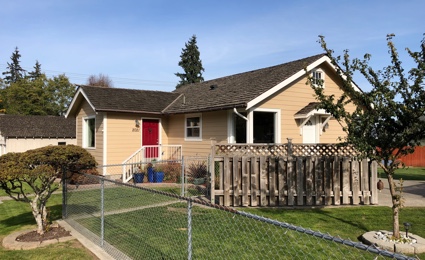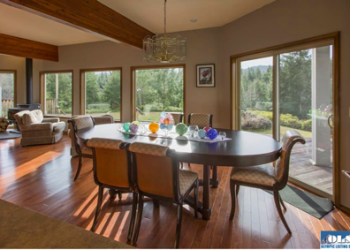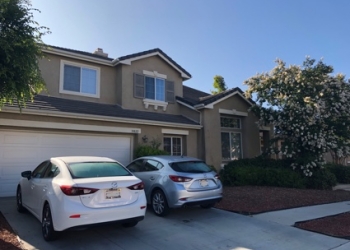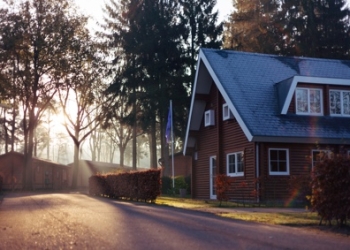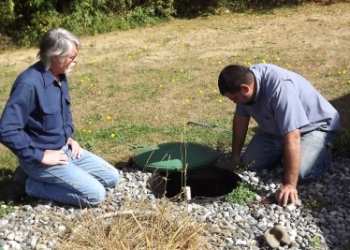Buying an older home could be a great idea, especially an older home that was built well and retained its classic architecture. Or you might love an older home that was remodeled and is practically like a brand new home. An older home might be especially appealing because of it’s ideal location and water view or mountain view. But buying an older home does have its own unique challenges, and that’s what this article is about. This is a true story.
Buying an Older Home
I represented the buyers on this older home, which was built in 1924 and completely remodeled recently and listed for sale. The owner did a wonderful job remodeling, and the home itself was clearly well built in 1924. It is not only structurally sound, it has no indications of any serious problems with the basement or the foundation or the walls or attic. In the Port Angeles area, houses built in the early 1900s were largely built with locally milled timber, and they were using good hardwood and large beams. So buying this older home made sense because it had such good bones.
Here’s where it got challenging. The home inspector found a long list of items that you would not expect to find in a home that is a total remodel. It appeared to be practically a brand new home. Three windows were defective, although they had been installed as new windows in the remodel. A contractor had started to replace insulation in the crawl space, but didn’t complete the job and left a pile of old insulation in the crawl space. A massive hornets nest was hanging in the crawl space, and while it appeared to be vacant, you would expect that it would have been removed. The attic had the old “vermiculate” insulation from 1924, but that is now recognized as being a potential health hazard, like asbestos. The current owner who did the remodel did not recognize this, and honestly, most people would not, but the home inspector did not miss it.
Where new roof gutters had been installed on the outside of the house, a large hole was not plugged, which would allow birds access to the attic. And there were a number of other small items, but they were items that you would not expect to have to repair if you are buying a home that was “completely remodeled.” How did the owner or contractors miss these dozen or so repairs? I think the simple answer is that many of these were started but not completed. Have you ever known someone who is good at starting projects but has trouble finishing them well? A lot of people have trouble finishing something they start, and a lot of people take short cuts or don’t care about doing the best work that they can do.
So how did we handle this? The buyer asked me to use the Form 35R (the home inspection response form) to ask the seller to repair most of the items. There was a lot of negotiating and going back and forth. It got a bit contentious when the seller’s glass vendor claimed two of the windows were not defective, although they clearly were. The home inspector stated they were defective and another glass company said they were obviously defective. They came defective from the factory with problems between the glass panes. My buyer insisted they be replaced or that she receive a credit for their replacement. Ultimately, we got through all the repairs, and the seller and the listing agent are to be commended for working with me through all these issues over a period of weeks and being nice and professional. Things could have gotten dicy and were it not for the seller’s willingness to work with us, the transaction might have died. Frankly, many of the issues were we dealing with are unique to an older home.
There wasn’t really any way to proactively head off these issues, but it is important to know how to work through them intelligently and diplomatically. This gorgeous little home just closed a few days ago, and my buyers are so happy! I’m happy for them, especially because Thanksgiving is in two days, and they can celebrate in their new home.
Buying an older home can have its own unique challenges.
Last Updated on August 12, 2022 by Chuck Marunde

